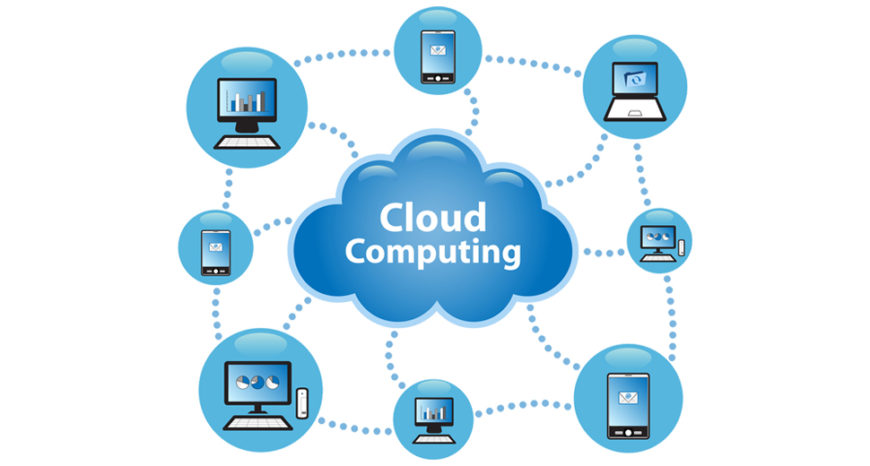
The Rise of Cloud Computing
Although cloud computing is a trend that has seen rapid growth in recent years, it is a trend that has actually been gaining steam since the late 1980s, with the initial technological steps being laid long before that. Cloud computing has been a buzzword throughout the technology industry for the better part of five years. Today, cloud features are not just a bonus, but rather expected from our largest service and product providers. We store our music,
movies, and documents in the cloud. We play our games through the cloud. We access our business data through the cloud. Someday soon we may depend entirely on virtual machines for all of our computing power. ‘Cloud computing’ might have become an overused buzz-phrase in recent years, but the technology is here to stay.
In the grand scheme of things, it really hasn’t been all that long since we used mainframes, which were accessed by terminals connected through a network. The main technologies employed in both solutions are actually quite similar. In the computing industry, history has a strange way of repeating itself. We have gone from centralized computing with mainframes and terminals, to distributed computational environments (personal computers), and are now headed back toward centralized computing, where all computing power is available in the cloud, accessed by our own, modern, individual terminals.
Mainframes and Centralized Computing
When computers were still a new technology, the first machines were huge mainframes with centralized systems that generally took up an entire room or office building. The centralized mainframe was where all of the computing power was held, along with other vital system functions. These functions were shared by various users who were stationed at terminals. In essence, the mainframe provided resources in the cloud, and the terminals accessed those resources through the network.
Grid Computing
The early days of cloud technology featured grid computing, which was a pool of computational resources. Those different systems each received portions of a larger, more complicated task and worked in unison to solve a problem or run an application. While these early examples of cloud computing differ greatly from the applications of today, the technology employed was generally quite similar. Today, cloud computing uses a pool of computation resources to deliver a service. This service could be music delivery, business data, or any number of services that are offered through cloud technology today.
Virtualization
The 1990s gave rise to an increased focus on virtualization. The focus expanded well beyond the benefits that could be delivered by pools of computing resources, and began to focus more heavily on the virtualization of platforms, storage, and resources. This made these resources available to business machines that were connected to the same network.
Software as a Service
Piggybacking on the success of virtualization in the 1990s, the 2000s saw software as a service (SaaS) gain increased attention. This business model did not charge consumers based on the resources that they consumed, but rather on the value that the product provided to the consumer. It was a revolutionary and primitive business model in its early days. The first SaaS platforms were complex systems that were targeted toward large businesses, but today you can see SaaS business models all the way down to individual consumer products intended for the mass public.
Concerns for the Future
The rise of cloud computing is generally viewed as a positive step, but does raise a few concerns. One common concern is whether or not cloud computing will be able to provide the accessibility to cloud data required for many applications. Will this data be quickly accessible and retrievable? Is there proper infrastructure in place to guarantee proper speed and uptime, particularly for business applications? With Google pushing their exceptionally fast Google Fiber internet in large cities across countries such as the United States, we could see a race to provide faster speeds among the remaining internet service providers.
Another worry is the actual security of cloud-stored data. Would an increase in cloud storage and computation lead to increased security risks and unauthorized data access? These are problems that already exist today, where companies employ large teams to store, secure, and monitor their data.
Would a world where third party companies providing cloud storage allow for proper security and peace of mind for those storing the data?

